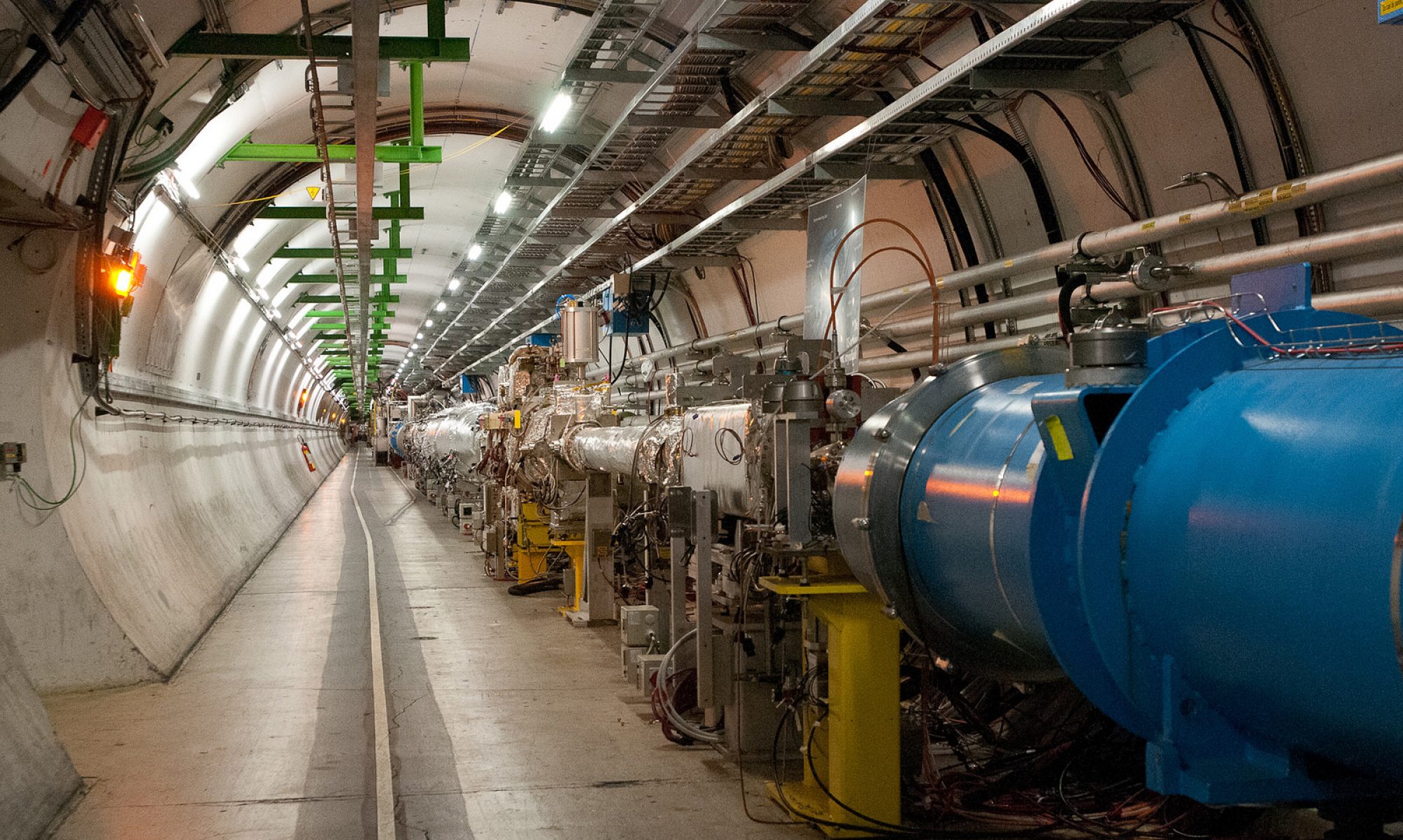In the spring of 2008, just months after the last electron-positron collisions at PEP-II, the BaBar collaboration announced discovery of the long-sought ground-state of bottomonium. The evidence seemed overwhelming – a “big peak” at 9389 MeV/c^2 in the mass spectrum recoiling against a photon. The strategy was not new; the idea of looking for the ground state, the eta_b, using Y(3S) → photon + eta_b had been around a long time. What was new was the unprecedented data set available to perform the search and the innovation of the analysts leading the search. I get to say the latter; I had the pleasure of coordinating and reviewing their work [1].
Not half-a-year later, BaBar announced confirmation of the discovery using the related process Y(2S) → photon + eta_b. While it seemed that this was the last word, the discovery that sealed the case for discovery of the ground state, the pure scientist in me wanted one more thing. I wanted to see independent confirmation from a different experiment. Back-of-the-envelope calculations suggested that either Belle or CLEO could achieve this with data they had already taken, albeit with lower significance then that achievable at BaBar.
Extraordinary claims require extraordinary evidence. The claim by my own experiment is not exempt from this basic tenet of science. A conversation last fall with a Cleon (a member of the CLEO collaboration) colleage suggested CLEO was hot on the trail; it would only be a matter of time before they had something to say.
Well, they are speaking! Just days ago, Kamal Seth represented the CLEO collaboration at the BEAUTY 2009 conference and unveiled the results of their search for the eta_b (paper forthcoming) [2]. CLEO took their own clever path on this analysis, just as we took a path that varied from previous searches. They measured the mass of the eta_b to be (9391.8 ± 6.6 ± 2.0) MeV/c^2. They used the process Y(3S) → photon + eta_b, and they found the rate at which this occurs to be (7.1 ± 1.8 ± 1.1) × 10^−4. BaBar and CLEO appear to agree very well on how often this happens, and on the mass of the eta_b.
The saga of the eta_b continues to be rewarding. Computations of hadron properties are being improved by the knowledge of the eta_b mass [3]. There are still questions about the nature of the eta_b, since nobody has yet measured any of its decay modes. What will the future hold? The drive to map out the bottomonium system continues. This program is accompanied by a parallel program of searches for physics beyond the Standard Model. Who knows what we’ll discover?
[1] http://www.symmetrymagazine.org/cms/?pid=1000655
[2] http://beauty2009.physi.uni-heidelberg.de/Programme/talks/thursday-session1/seth.pdf
[3] Search for papers citing the original BaBar eta_b discovery

